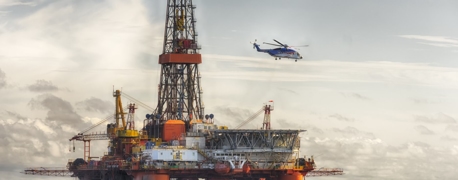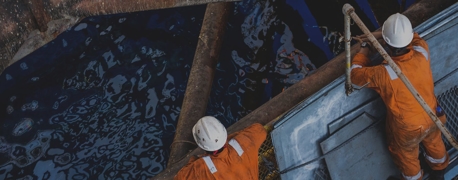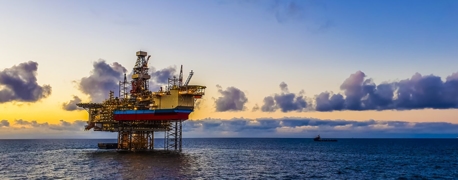The Dangers of Canals

Canals are among the most important advancements made in the last 500 years. During the Industrial Revolution, demand was so high for the transit of produce and goods, especially coal, that investors were forced to consider new ideas for transport. Enter the canal.
The so-called “canal mania” took Britain by storm in the 1790s, and by the 1820s, the United States had joined in as well.
The Erie Canal
First used in 1821, the Erie Canal in New York was largely responsible for settlement patterns throughout the U.S. and provided critical supply lines during the Civil War. At the time of its completion, it was the longest artificial waterway and the greatest public works project in North America. Because of its significant role in the growth of many cities and towns along its corridor, the canal became known as the “Mother of Cities.”
The Intracoastal Waterway (ICW)
Consisting of a variety of sections including natural inlets, sounds, bays, saltwater rivers, and artificial canals, the Intracoastal Waterway was constructed along the Atlantic and Gulf of Mexico coasts. Separated into three different sections, the waterway was never connected into one contiguous stretch due to environmental concerns. The construction of the current iteration of the waterway was completed in 1949, but portions of it have been used since 1787.
The Houston Ship Channel
Part of the Port of Houston, one of the busiest shipping ports in the world, the Houston Ship Channel provides a connection between Houston-area terminals and the Gulf of Mexico, stretching across a distance of 50 miles. In use since 1836, the channel now handles approximately 50 deep water vessels each day, making it the busiest waterway in the nation.
In March 2014, a barge carrying 1 million gallons of marine fuel collided with a ship in the Houston Ship Channel, causing an oil spill of 168,000 gallons into Galveston Bay. Two crew members were hospitalized with inhalation-related injuries. This accident spurred the National Transportation Safety Board (NTSB) to recommend that “crews on vessels transporting hazardous materials receive appropriate training, personal protective gear, and access to direct-reading air monitoring equipment.”
In May 2019, the liquefied gas carrier Genesis River collided with a tank barge in the Houston Ship Channel, causing a spill of nearly a half a million gallons of reformate, a gasoline blending stock. The Genesis River had been transiting the channel at “sea speed,” around 12 knots, which affected the hydrodynamic effects of the banks and limited the carrier’s maneuverability.
Should a too-large ship attempt to pass through the locks of a canal when there’s not enough water to support it, the ship could run aground and put its crew at risk. But it’s not just low water levels that can make canals dangerous to navigate. When there’s too much water, or a strong storm moves through the area, ships of all sizes can be in danger. Flooding can increase silt levels, which can be enough to limit passage. Docked ships may also be at risk of flooding should the water levels rise too high.
Helping Crews Navigate Rough Waters
Working aboard a ship is a dangerous endeavor. Offshore work requires extensive training, proper protective equipment, and thoughtful communication to keep crew members safe, especially in tricky waterways like canals. Arnold & Itkin has fought on behalf of crews and their families since 2004, representing those who need protection under maritime law. When the worst happens, crews rely on our maritime lawyers to get them the answers they deserve. No matter what.


